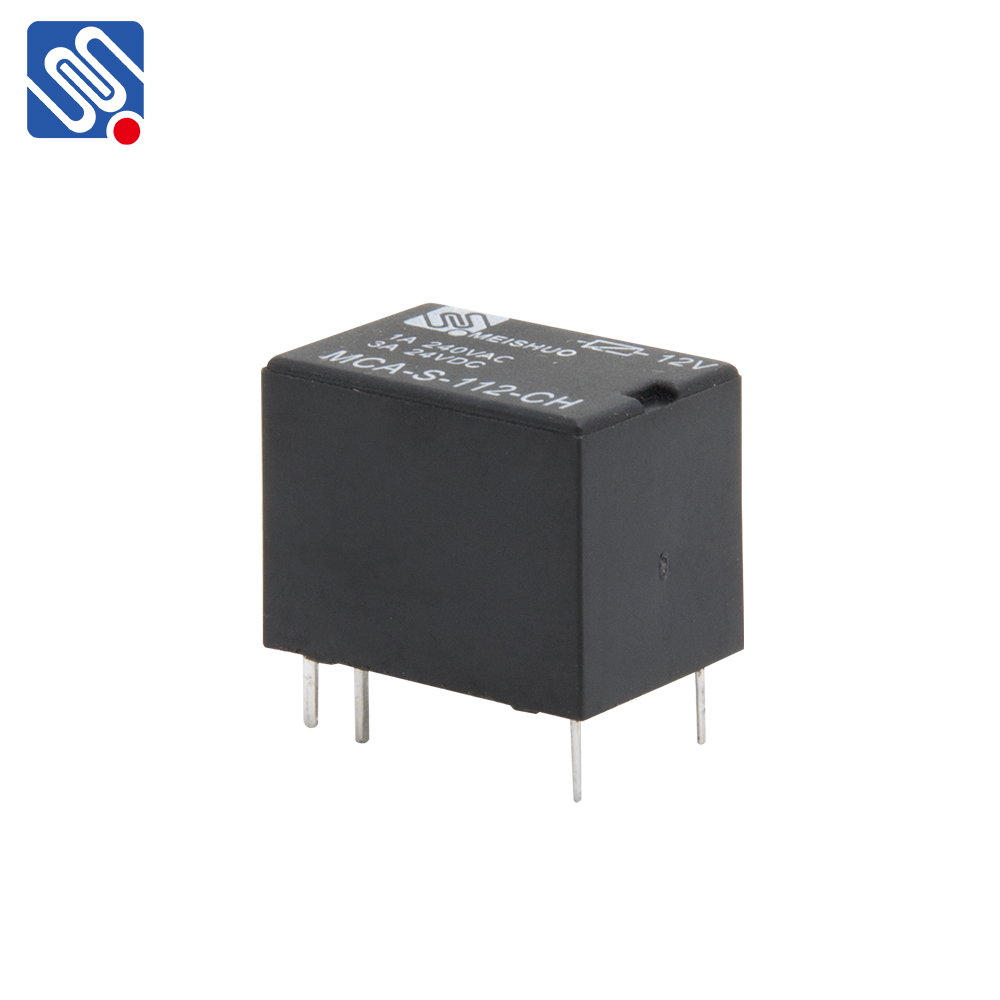In today’s fast-paced world, where convenience and efficiency are key, wireless technology has become an essential part of modern systems, particularly in the field of automation and remote control. One such technology that has significantly impacted these areas is the Wireless Relay. This device allows users to control electrical circuits remotely without the need for complex wiring. It is widely used in various applications, from smart homes to industrial automation, providing a seamless and flexible way to manage electrical systems.

What is a Wireless Relay? A Wireless Relay is an electronic switch that operates without the need for direct physical connection between the controlling device and the equipment being controlled. Instead of using wired connections, it utilizes wireless communication technologies such as Wi-Fi, Bluetooth, Zigbee, or even infrared signals to transmit commands. The wireless relay typically consists of a transmitter (control unit) and a receiver (relay module), both capable of communicating wirelessly. The core function of the relay is to turn on or off an electrical device by triggering a switch in the circuit. When the receiver detects a specific signal from the transmitter, it activates or deactivates the relay, which in turn switches the connected device’s power. This allows for control over devices that are often difficult to reach or install traditional wiring to, enhancing both flexibility and accessibility.